أندي وارهول (1928-1987)
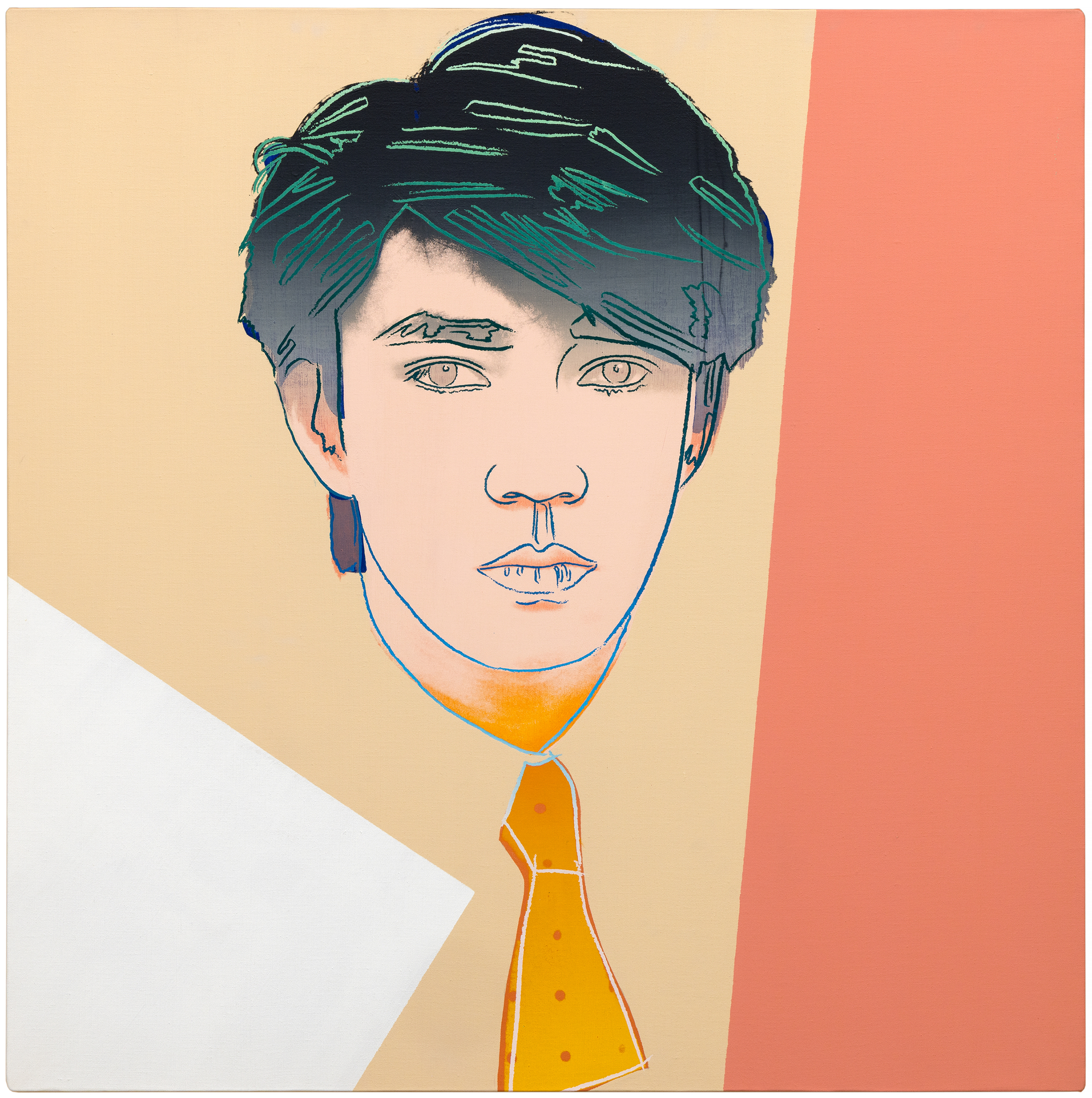
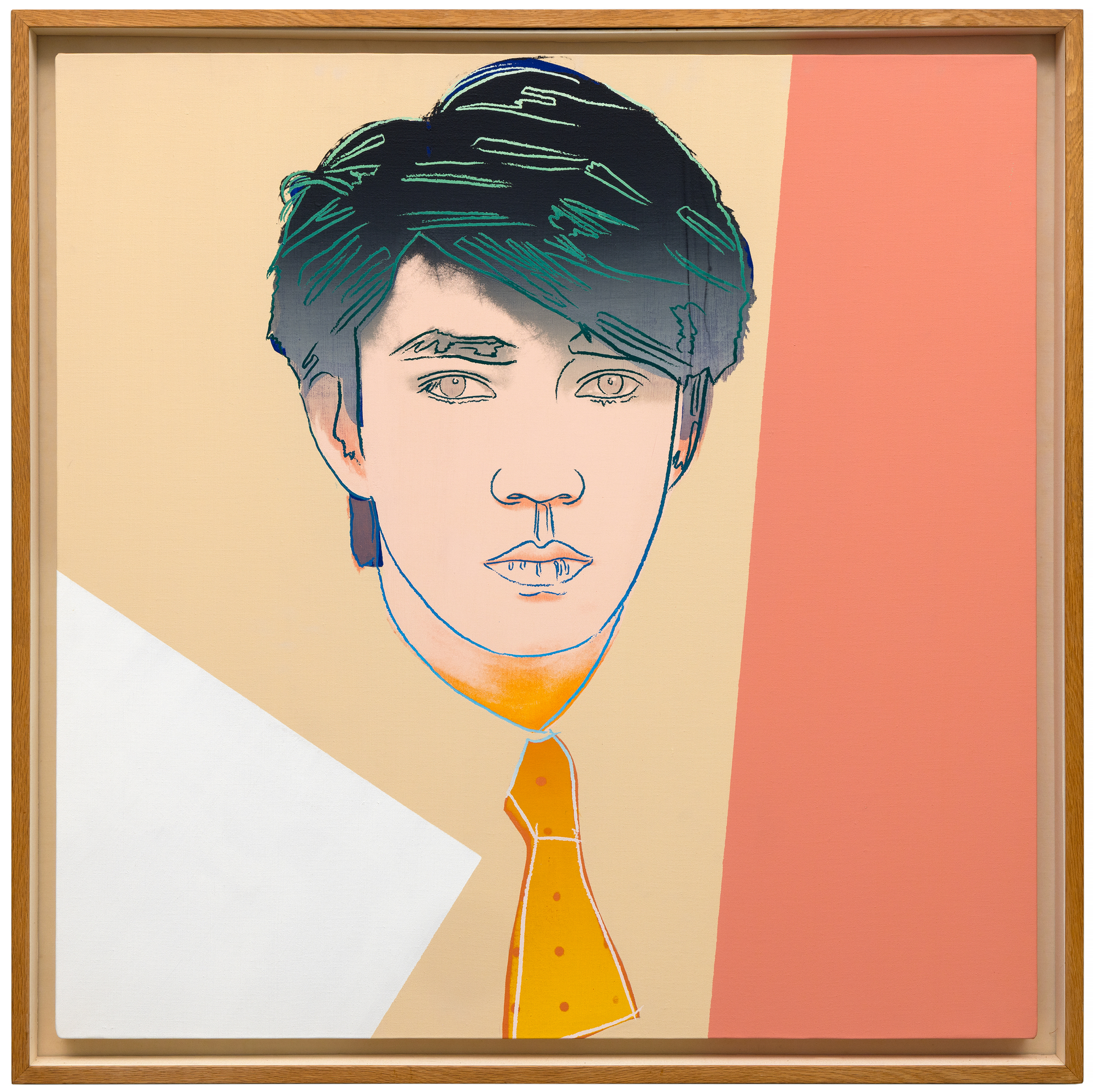
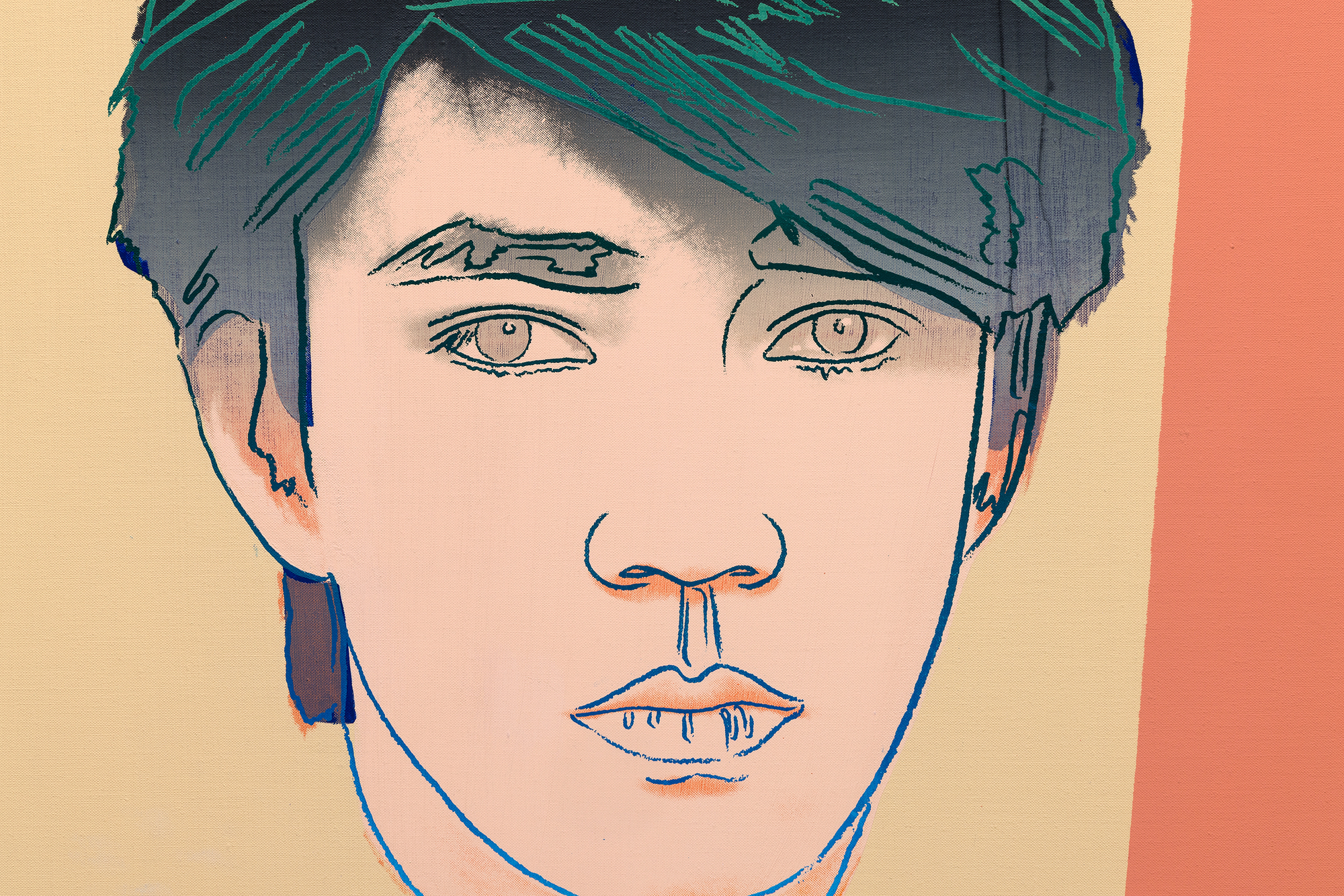
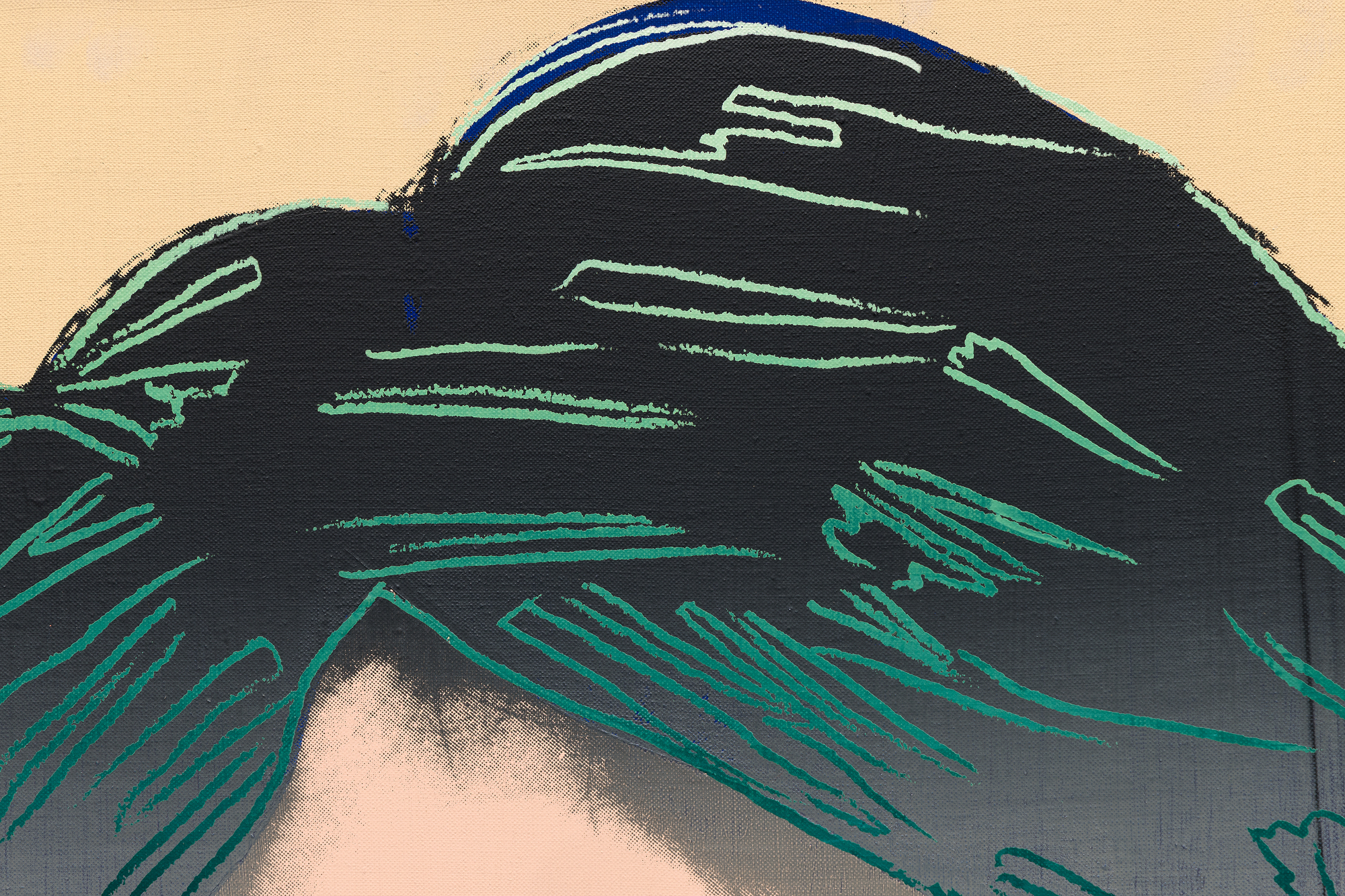
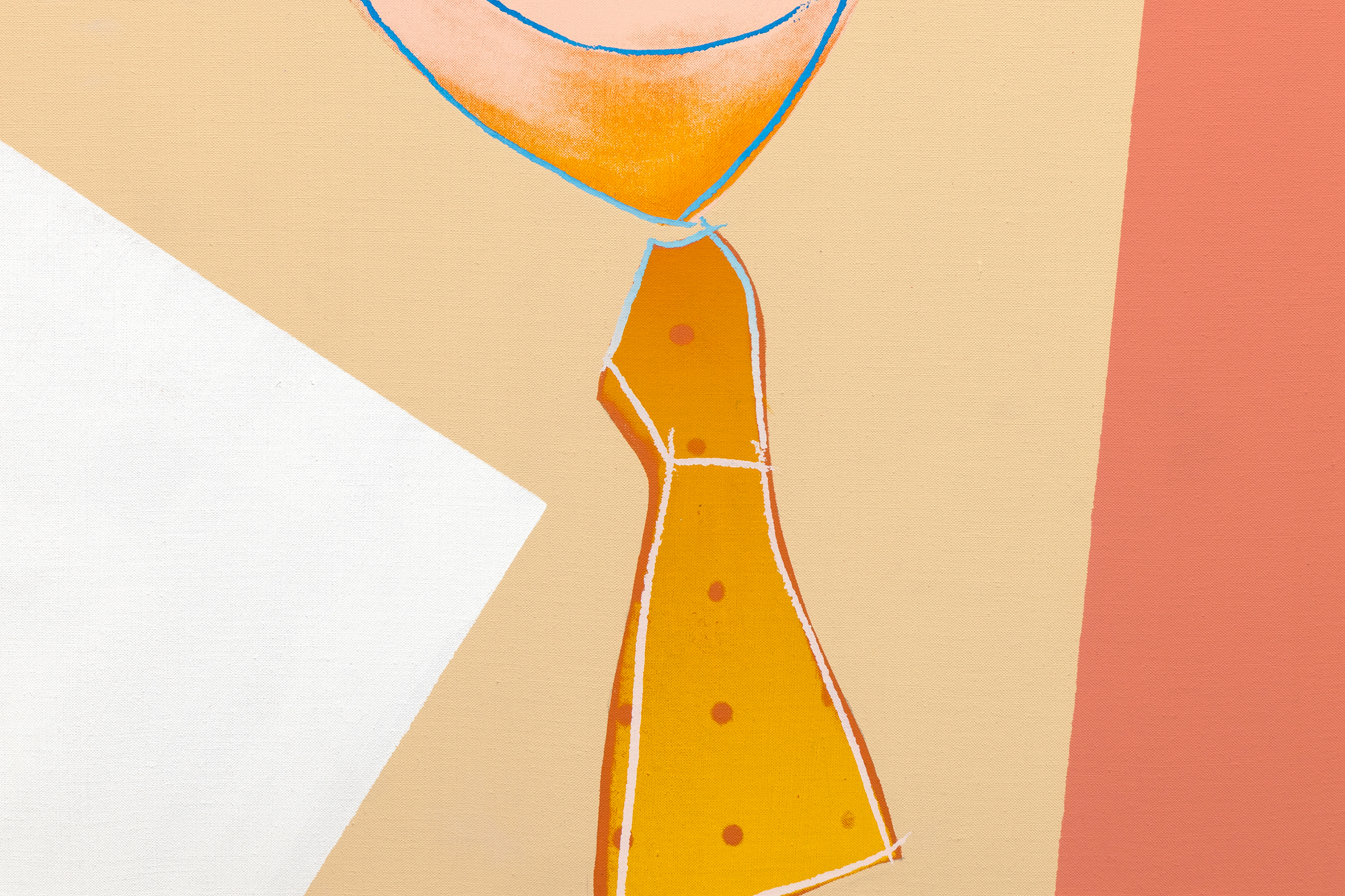
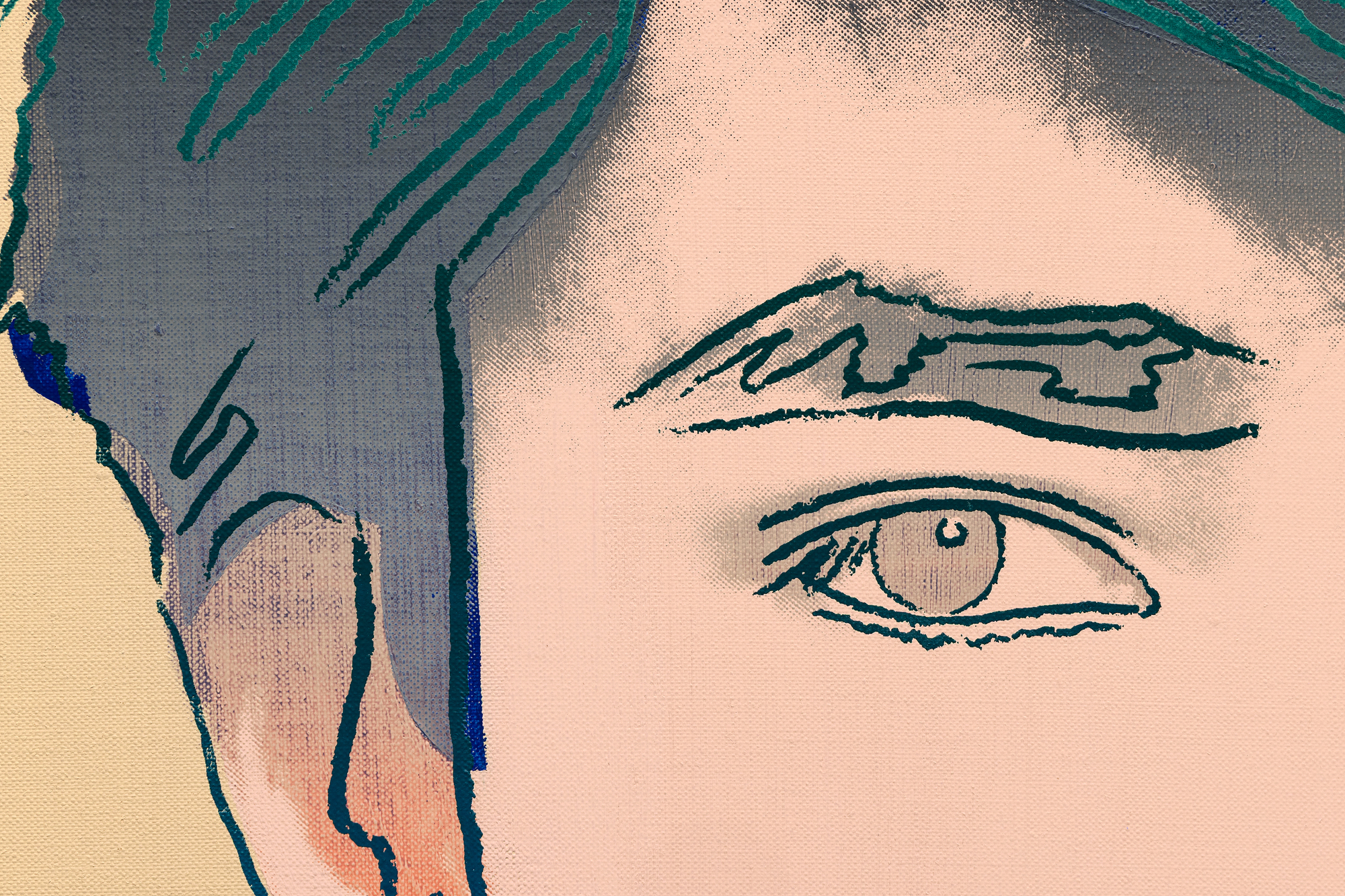

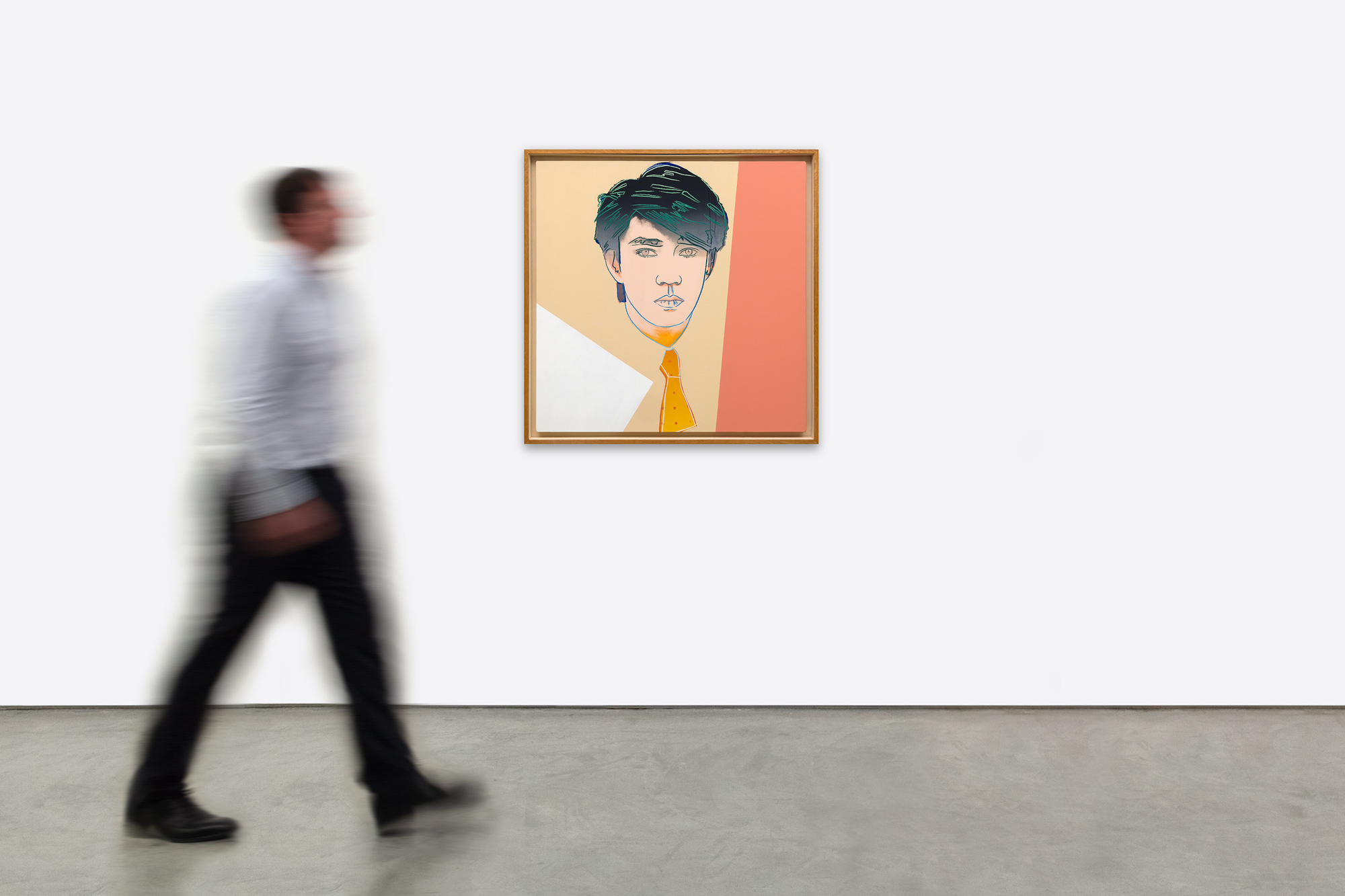
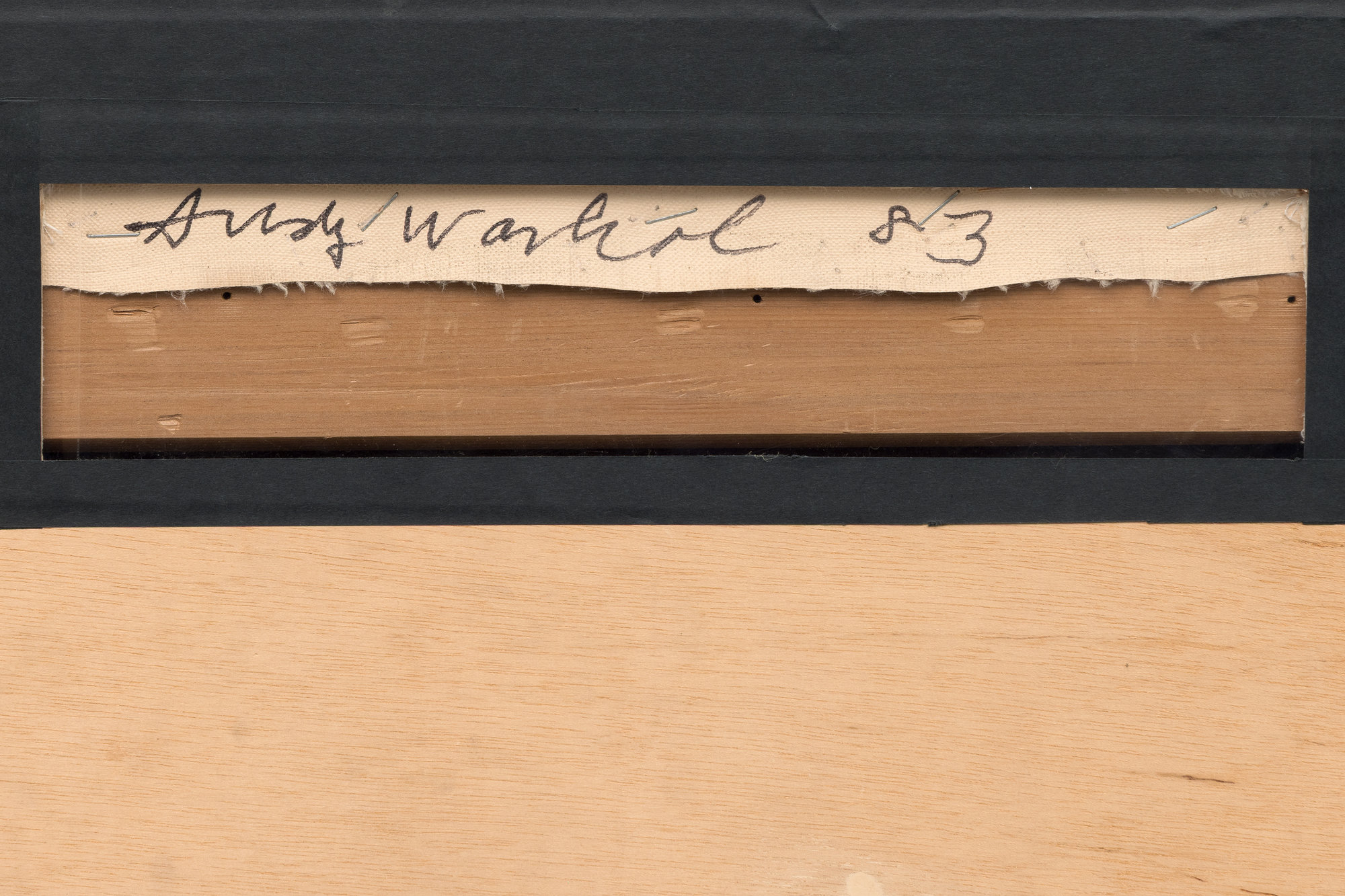
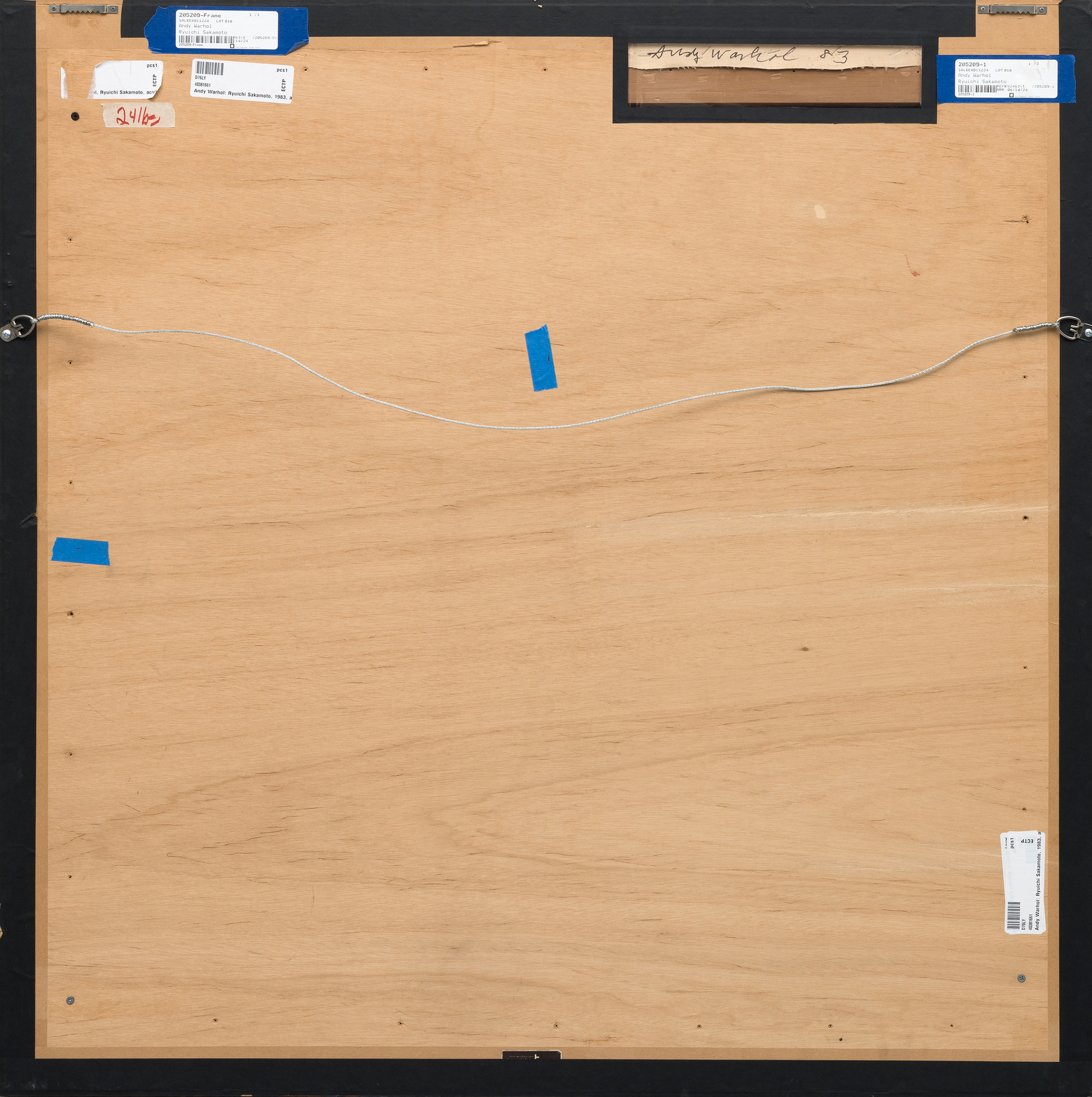
الاصل
شركة كيووا هاكو كيرين، اليابانمجموعة خاصة
ماليت الدولية، طوكيو، طوكيو، 13 يوليو 2017، القطعة 230
مجموعة خاصة، تم اقتناؤها من المجموعة المذكورة أعلاه
سوذبيز نيويورك الخميس، 28 سبتمبر 2023، 28 سبتمبر، 2023، القطعة 245
مجموعة خاصة، تم الحصول عليها مما سبق
السعر345,000
يسلط التكوين الضوء على وجه ساكاموتو المنمق الذي تم رسمه بخطوط دقيقة بالشاشة الحريرية. كما يظهر شعره الداكن المزخرف على لوحة باللون الخوخي يتقاطع معها قسم مثلث أبيض. عزز وارهول عملية الطباعة بالشاشة الحريرية بلمسات مرسومة باليد تزيد من ملامح وجه ساكاموتو. إن المزج بين التقنيات الميكانيكية واليدوية يمنح اللوحة صقل الطباعة بالشاشة الحريرية وقابلية اللمس التي تتمتع بها اللوحة.
بحلول الثمانينيات، كان ريويتشي ساكاموتو مشهورًا في جميع أنحاء العالم كمؤسس مشارك لأوركسترا يلو ماجيك ولعمله المنفرد الرائد في التأليف الموسيقي الإلكتروني والأوركسترالي وتأليف موسيقى الأفلام. باختياره أحد الأشخاص القلائل من غير الغربيين والذكور في قائمة وارهول، فقد اعترف بتأثير ساكاموتو العالمي وجماله، مما يجعل هذه اللوحة نادرة بشكل خاص في أعمال الفنان. تعد لوحة "ريويتشي ساكاموتو" جزءًا من سلسلة أوسع من صور المشاهير إلى جانب أيقونات مثل ميك جاغر وديبي هاري وبرنس، وتجسد لوحة "ريويتشي ساكاموتو" افتتان وارهول بالشهرة كسلعة، حيث قام بطباعة شخصيات عامة على الشاشة لاستجواب التقاطع بين الفن والتجارة والإعلام.
يحتفظ متحف تيت لندن والمعارض الوطنية في اسكتلندا بنسخة مطبوعة على الطباعة الحجرية من هذه اللوحة تأكيداً على أهميتها الثقافية.
يمثل هذا العمل تكريماً نابضاً بالحياة لأحد أكثر الشخصيات إبداعاً في الموسيقى وشهادة على استكشاف وارهول الدائم لصناعة الصور. ولا تزال لوحته الجريئة وموضوعه الأيقوني يتردد صداها في المجموعات المعاصرة التي تسعى إلى الربط بين تاريخ الموسيقى وتراث فن البوب والحوار بين الثقافات.


